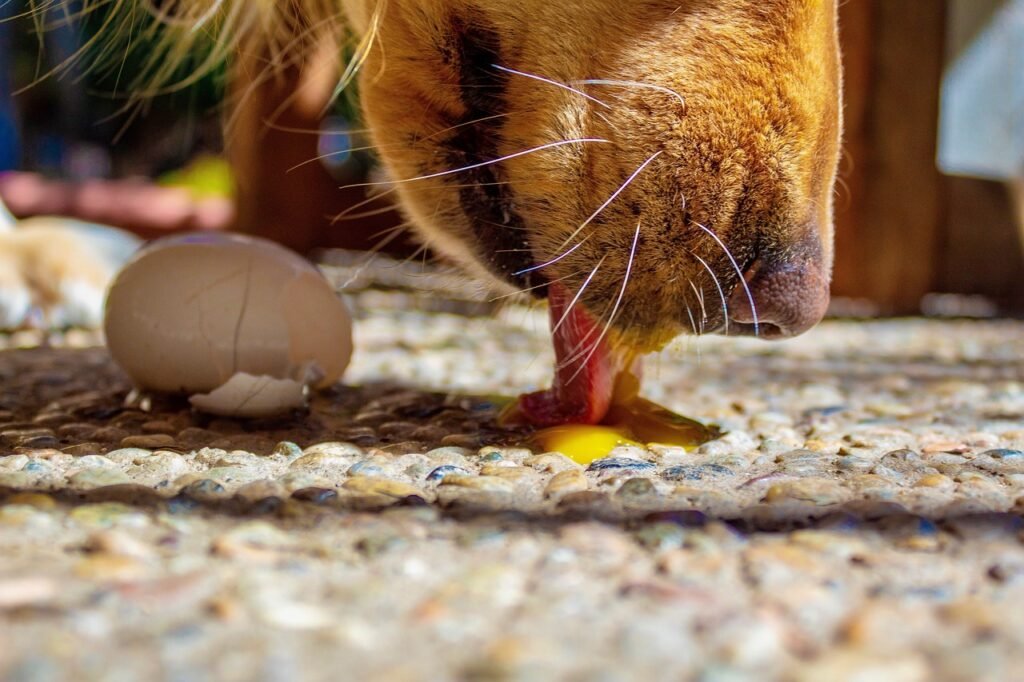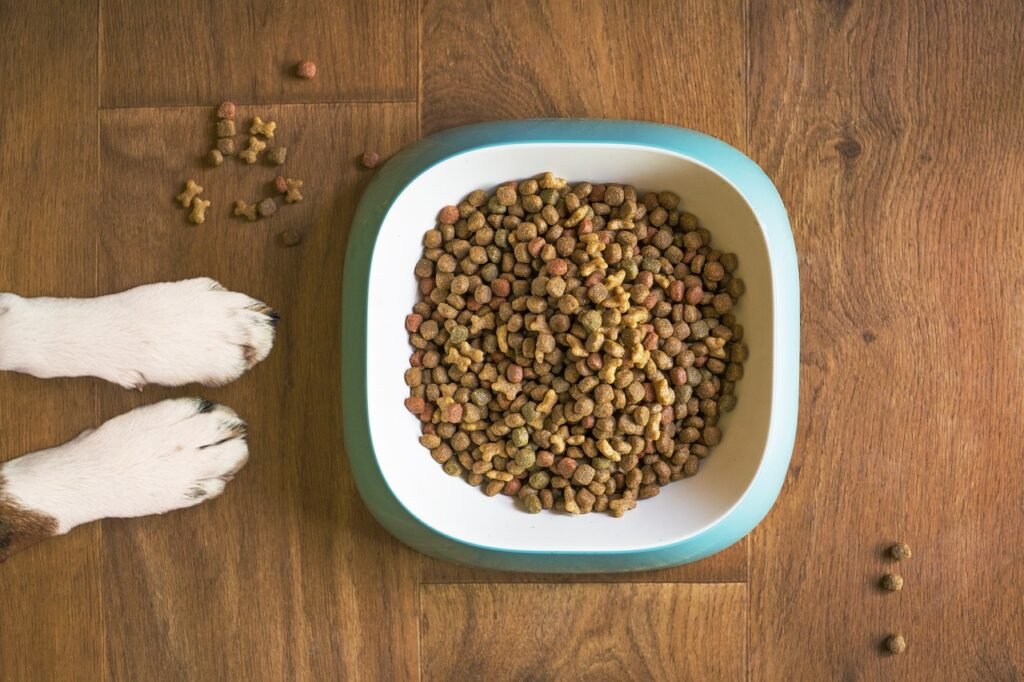Hey there, fellow dog lovers and aspiring doggie chefs! If you’re anything like me, you probably adore spoiling your four-legged friend with all the love and care they deserve – and what better way to show your love than by whipping up some homemade meals just for them? Today, we’re diving into the delicious world of cooking for your dog, exploring various cooking techniques, ingredients, and modern practices to ensure your pup’s meals are both nutritious and drool-worthy!

1. Ingredients Galore: Let’s start by raiding the pantry and fridge for some pup-approved ingredients! Lean proteins like chicken, turkey, and fish are excellent sources of essential amino acids, while whole grains like brown rice, quinoa, and oats provide a healthy dose of carbohydrates and fiber. Don’t forget to add some colorful veggies like carrots, spinach, and peas for added vitamins and minerals, and a dollop of healthy fats like coconut oil or salmon oil to keep your pup’s coat shiny and skin healthy.
2. Cooking Techniques: When it comes to cooking for your pup, the possibilities are endless! You can try your hand at baking homemade dog biscuits, simmering a hearty stew in the slow cooker, or even grilling up some pup-friendly kabobs on the barbecue. Just be sure to avoid using excessive salt, spices, or seasonings, as these can upset your pup’s tummy. And hey, if you’re feeling adventurous, why not whip up a batch of frozen doggy popsicles for a cool and refreshing treat on a hot summer day?

3. Foods to Avoid: While it’s tempting to share your favorite foods with your furry friend, some human foods can be harmful or even toxic to dogs. Avoid feeding your pup chocolate, grapes, raisins, onions, garlic, avocado, and anything containing xylitol, as these can cause serious health issues ranging from gastrointestinal upset to kidney failure. When in doubt, it’s best to stick to dog-friendly ingredients to keep your pup safe and healthy.
4. Modern Practices: In addition to traditional cooking techniques, modern practices like nutritional supplements and food additives can take your pup’s meals to the next level! Consider adding a sprinkle of probiotics or digestive enzymes to support your pup’s gut health, or mix in some joint supplements like glucosamine and chondroitin to keep their joints happy and mobile. And don’t forget about food toppers and mix-ins – a spoonful of canned pumpkin or a handful of freeze-dried liver can add a burst of flavor and nutrition to your pup’s bowl.

5. Keep It Vet Approved: While cooking homemade meals for your dog can be a fun and rewarding experience, it’s important to remember that every pup is unique, and what works for one may not work for another. Before making any changes to your dog’s diet or incorporating new ingredients or supplements, always consult with your veterinarian to ensure it’s safe and appropriate for their individual needs. Your vet knows your pup best and can provide valuable guidance and recommendations to keep their tails wagging with joy.
Conclusion: And there you have it, folks – a comprehensive guide to cooking homemade meals for your beloved fur baby! With a little bit of love, a dash of creativity, and a whole lot of wagging tails, you can whip up nutritious and delicious meals that will have your pup begging for seconds (and maybe even doing a little happy dance). So roll up your sleeves, preheat that oven, and get ready to treat your pup to a culinary adventure they’ll never forget!
Remember, while cooking for your dog can be a fun and rewarding experience, always consult with your vet with any concerns or questions about their diet, nutrition, and individual needs. Now go on, get cooking – your pup’s taste buds will thank you!